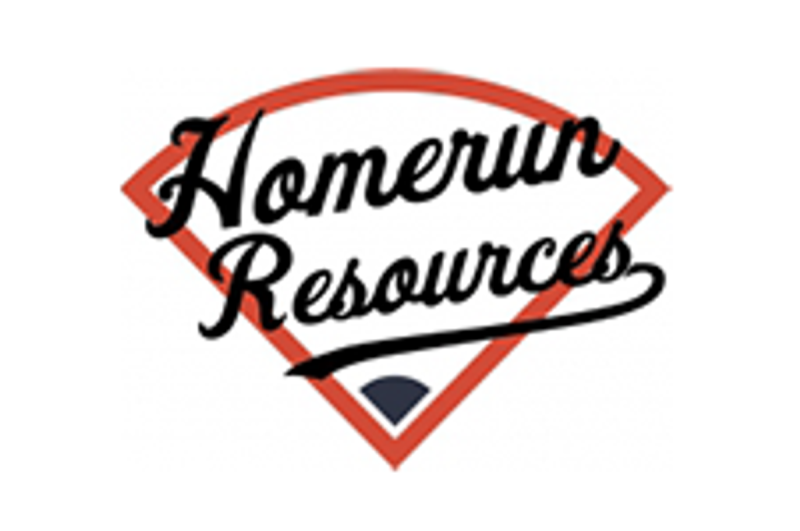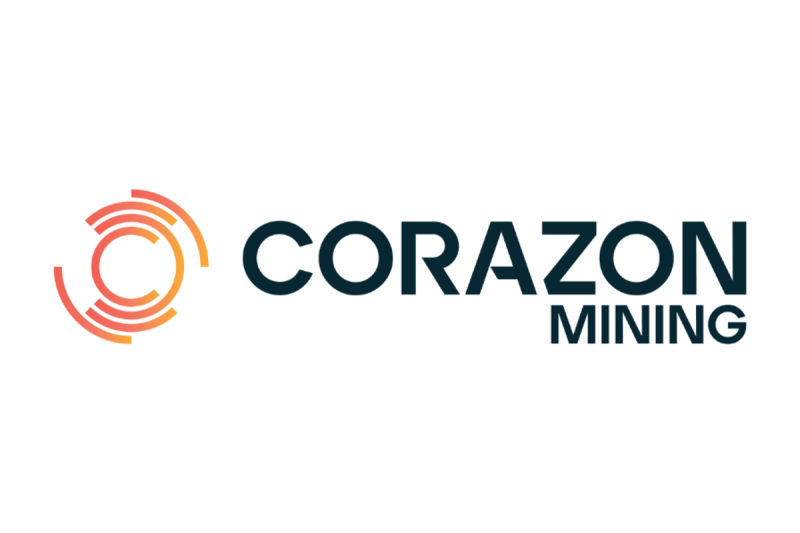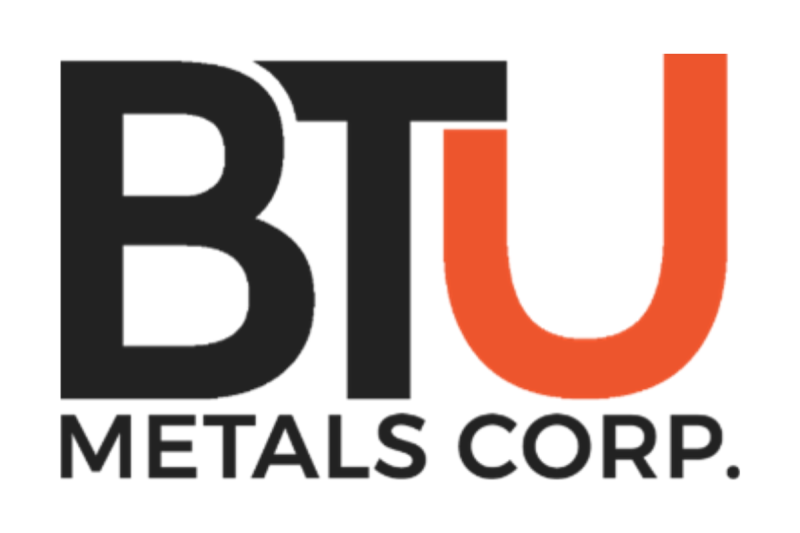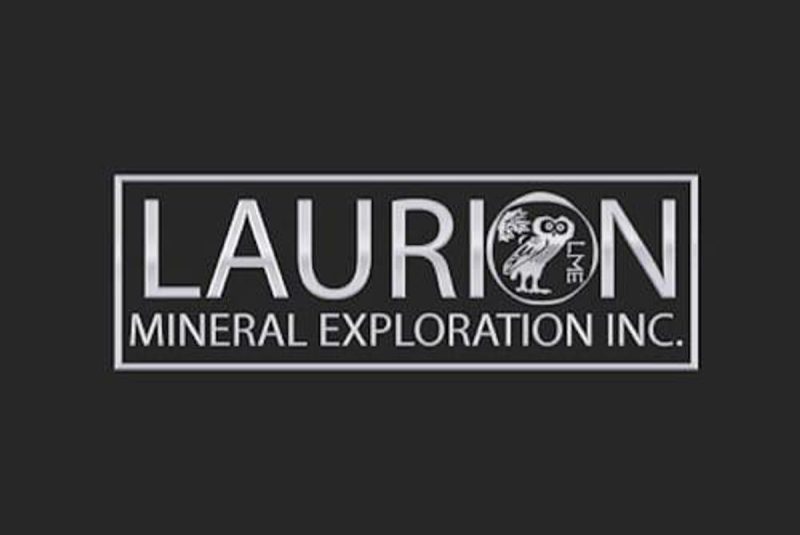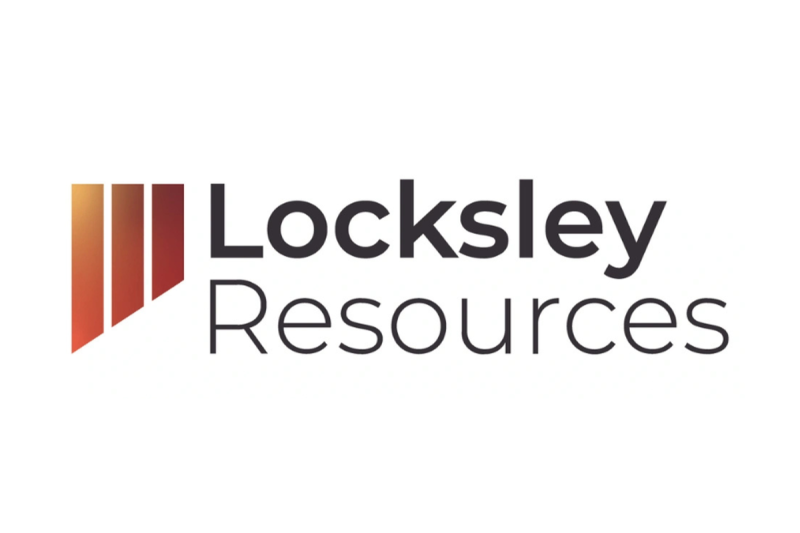This press release is issued pursuant to the requirements of National Instrument 62-103 – The Early Warning System and Related Take-Over Bid and Insider Reporting Issues
In accordance with the requirements of Section 3.1 of National Instrument 62-103 – The Early Warning System and Related Take-Over Bid and Insider Reporting Issues, Matthew J. Mason announces that, in connection with the closing of the Technology Licensing Agreement (the ‘Agreement’) with Stallion Uranium Corp. (TSXV: STUD,OTC:STLNF) (OTCQB: STLNF) (FSE: B76) (the ‘Issuer’), he has acquired 3,750,000 Common Shares of the Issuer at a deemed price of $0.12 per Common Share.
Immediately before the closing of the Agreement: (i) Mr. Mason held an aggregate of 20,825,000 Common Shares, representing approximately 17% of the Issuer’s issued and outstanding Common Shares on an undiluted basis; and (ii) assuming the exercise in full of all of the convertible securities of the Issuer held by Mr. Mason, being 15,137,500 Warrants to purchase an additional 15,137,500 Common Shares, Mr. Mason would have held an aggregate of 35,962,500 Common Shares, representing approximately 29% of the Issuer’s issued and outstanding Common Shares on a partially diluted basis.
Immediately after the closing of the Agreement: (i) Mr. Mason held an aggregate of 24,575,000 Common Shares, representing approximately 19% of the Issuer’s issued and outstanding Common Shares on an undiluted basis; and (ii) assuming the exercise in full of all of the convertible securities held by Mr. Mason, being 15,137,500 Warrants to purchase an additional 15,137,500 Common Shares, Mr. Mason would hold a total of 39,712,500 Common Shares, representing approximately 30% of the Issuer’s issued and outstanding Common Shares on a partially diluted basis.
Mr. Mason acquired such Common Shares for investment purposes and may, from time to time, acquire additional securities of the Issuer or dispose of such securities as he may deem appropriate, on the basis of his assessment of market conditions and in compliance with applicable securities regulatory requirements. A copy of the early warning report filed by Mr. Mason may be obtained on the Issuer’s SEDAR+ profile at www.sedarplus.ca.
For more information, please contact the Acquiror at 925 West Georgia Street, Vancouver, British Columbia V6C 3L2.
NOT FOR DISTRIBUTION TO UNITED STATES NEWSWIRE SERVICES OR FOR DISSEMINATION IN THE UNITED STATES
To view the source version of this press release, please visit https://www.newsfilecorp.com/release/275960
News Provided by Newsfile via QuoteMedia




